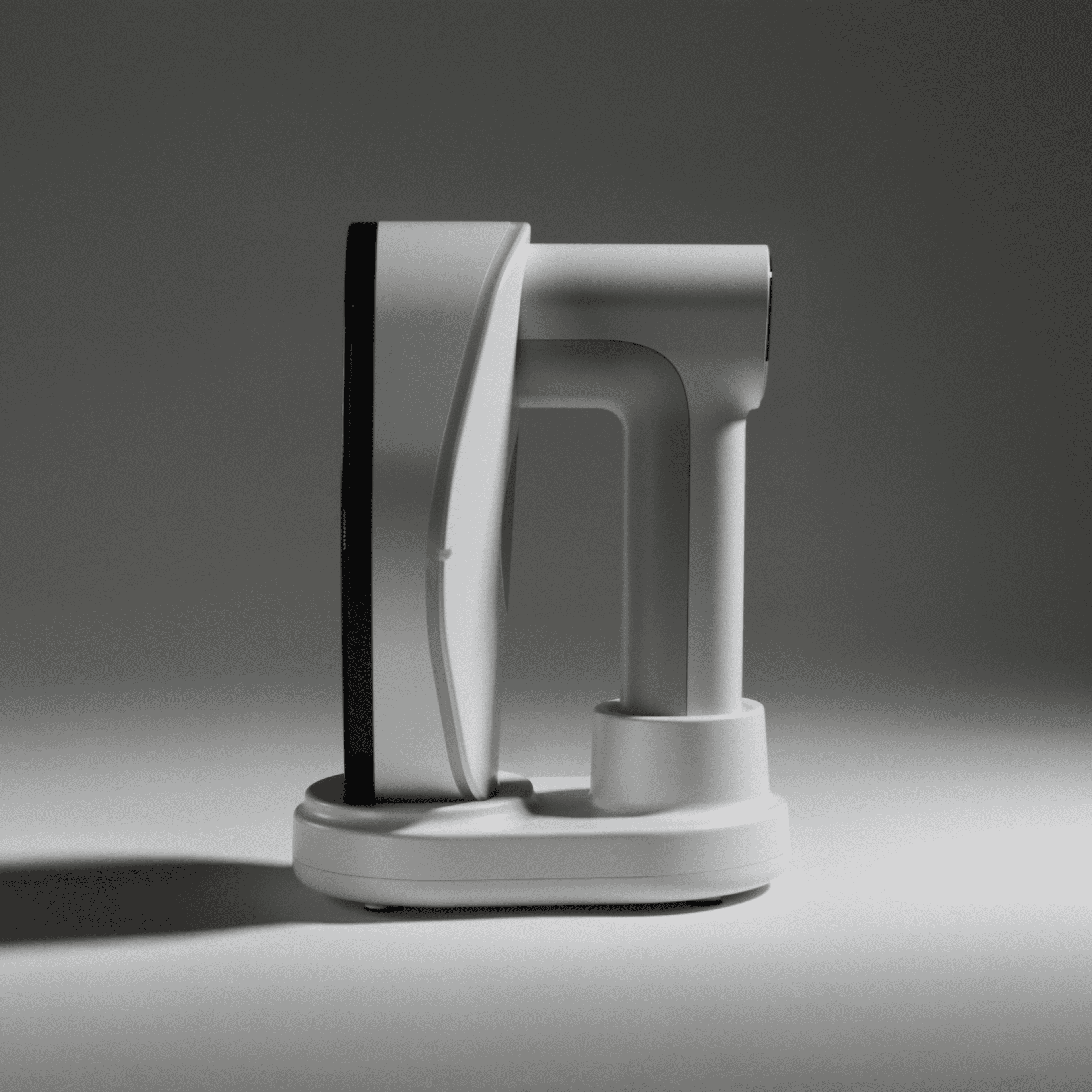
Using Time-Domain Bio-Impedance to Detect Breast Cancer: Novel Early Detection
Posted on: 21 February 2025
We know early detection is critical to improving survival rates in breast cancer. Here’s how Zedsen is leveraging bio-impedance technology to make that happen.
Breast cancer is one of the most prevalent cancers among women worldwide¹, with early detection being critical to improving survival rates. Traditional diagnostic tools such as mammography and ultrasound have proven effective but come with limitations; radiation exposure, accessibility, discomfort, and variable accuracy in dense breast tissue.
Zedsen is building a device using a novel bio-impedance technique to present a promising alternative for non-invasive and radiation-free breast cancer detection - the Zedscanner.
How bio-impedance works
Zedsen’s patented technology uses time-domain bio-impedance sensing (TD-BIS). When an electric field is induced in an object between two electrodes, the impedance can be calculated based on the measured voltages of the electrodes². Typically, this requires the electrodes to be placed on either side of the object, however, Zedsen uses patented electronics and algorithms that allows the electrodes to be arranged on a single plane. This means the sensor head of Zedsen’s novel device is flat, and tissue can be scanned more easily, without the need to pinch or compress.
Why is bio-impedance important?
Bio-impedance is different across a variety of biological substances, including human tissue types. Research has shown there is a large difference in bio-impedance between normal and malignant tissue. This is largely due to the composition of cancer cells; they contain a higher-than-normal water and ion concentration³ which results in differences in impedance due to differences in chemistry. This is true for all cancer cells when compared to their healthy state across all tissue types.
So why is use bio-impedance for Breast Cancer?
Mammography is the current gold-standard in diagnostic and screening technology in breast cancer. Mammography produces ionising radiation, is uncomfortable and is not suitable for every breast type or size. These issues have lead to the development of many innovative new technologies that can improve upon existing techniques (e.g. digital breast tomosynthesis). Many of these tools, while an improvement on traditional techniques, are often reliant on operator skill, are bulky, expensive, release
ionising radiation and can only be used in hospital settings. This can present barriers to access for women in rural and non-western populations. Zedsen’s goal is to remove these barriers and create a tool that can provide improved cancer detection for women globally.
What’s the future of the Zedscanner in Breast Cancer detection?
Our first-in-human study, has generated promising results that may position the Zedscanner as a first-line screening tool for women with breast cancer symptoms. The portable, easy to use device would be employed prior to mammography, at GP clinics or health care centres. This would remove healthy women from unnecessary tests (painful biopsies and scans) and fast track high risk women to the most appropriate life-saving diagnostic tools and treatments.
Article written by Zedsen
1. Cancer Research UK. (2024, December 5). Breast cancer statistics. https://www.cancerresearchuk.org/health-professional/cancer-statistics/statistics-by-cancer-type/breast-cancer
2. S M Huang, A Plaskowski, C G Xie and M S Beck, Capacitance-based tomographic flow imaging system, Electronics Letters, 24 (7), 1988, pp 418–19
3.Seyyed M. Hesabgar, Ali Sadeghi-Naini, Gregory Czarnota, Abbas Samani, Dielectric properties of the normal and malignant breast tissues in xenograft mice at low frequencies (100Hz–1MHz)